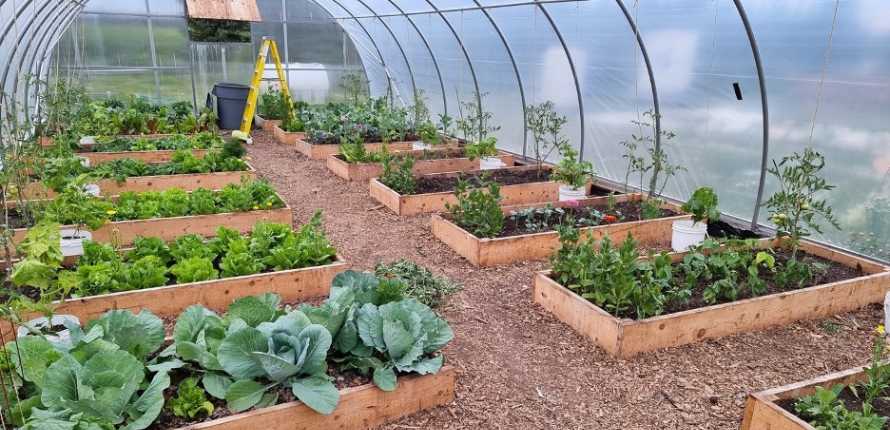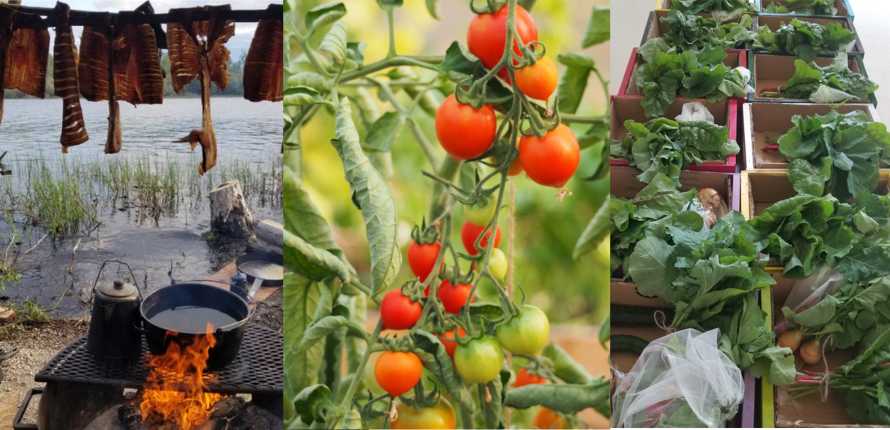We use cookies on this site to enhance your experience.
By selecting “Accept” and continuing to use this website, you consent to the use of cookies.
Search for academic programs, residence, tours and events and more.
Food hubs connect those who grow, harvest, and process food directly with people. While food hubs can look different, they make a significant impact on food system sustainability and resilience in the North.

Greenhouse in Kakisa
Food hubs are connectors between people who grow and harvest food and families who consume it within a local or regional food system. They can be the physical places that support the local food ecosystem by providing centralized spaces for sharing and trading. They can also exist as online spaces that help to connect and coordinate movement of foods around the community or region.
Food hubs can fill many roles such as human resources, marketing and logistical supports needed to facilitate food sharing and local commerce and physical infrastructure needed to produce, harvest, process and package local foods. The services and infrastructure food hubs have, depend on the vision and needs of each individual hub.
Yellowknife food hub
Building on the 2019 Yellowknife Food and Agriculture Strategy, the City of Yellowknife and researchers at Wilfrid Laurier University (Andrew Spring & Jennifer Temmer) partnered on the research project "Identifying Opportunities and Barriers for Local Food Infrastructure in Yellowknife, NT". This research engaged community members in the co-creation of a food hub model that meets local needs and aspirations to support and grow Yellowknife’s local food economy.
Kakisa community greenhouseIn 2021, the Kakisa community greenhouse started a vegetable box delivery program. For five weeks, every household in Kakisa received a box with garden vegetables harvested the same day. The boxes included a traditional food such as berries or dry fish and weekly newsletter to share garden updates and recipes. For Kakisa, the greenhouse and food boxes are the first steps toward a food hub that will include a community store that buys, shares and trades food and handicrafts produced and harvested in the community for the community.

Drying fish in Kakisa; Tomatoes grown in the Kakisa community garden; Weekly vegetable boxes delivered to households in Kakisa